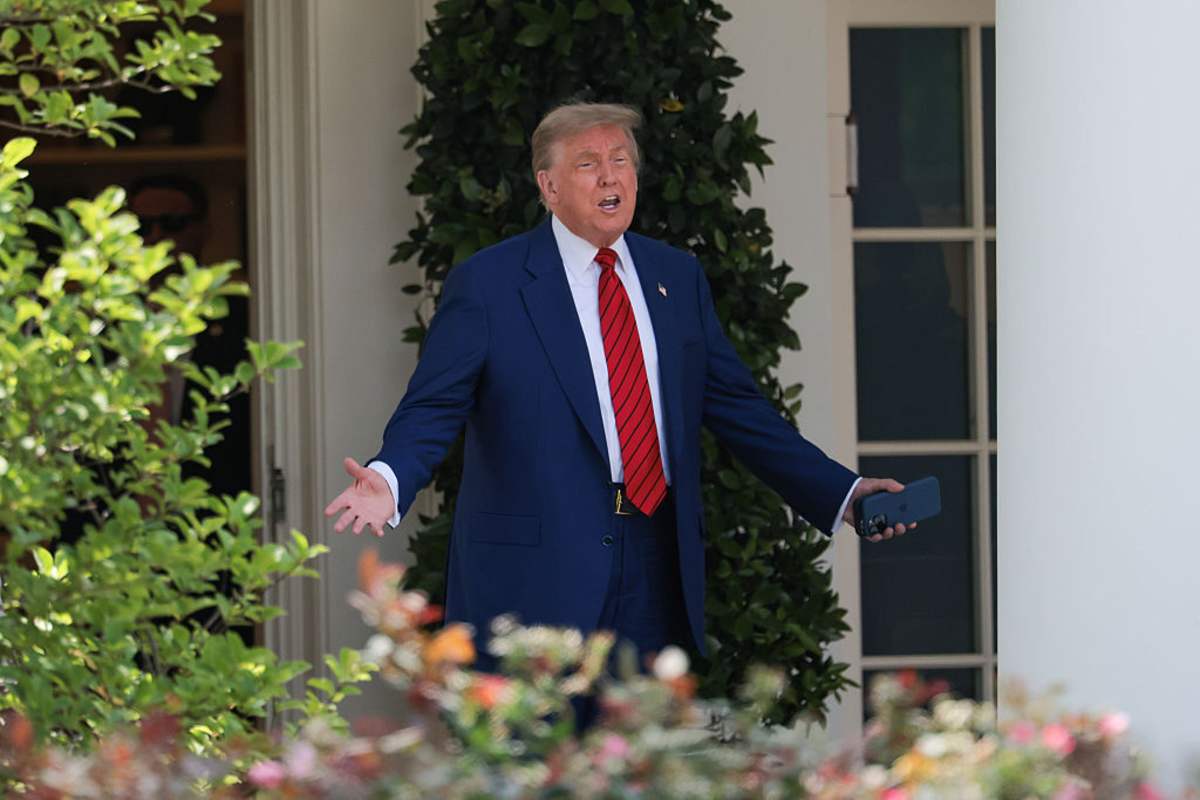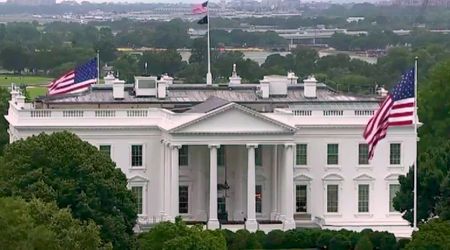Trump deployed 12 powerful bunker buster bombs and 30 Tomahawk missiles to take out Iran nuclear sites

WASHINGTON, DC: President Donald Trump said that the US “completely obliterated” Iran’s notorious Fordow nuclear site by dropping a dozen massive 30,000-pound “bunker buster” bombs from American B-2 stealth bombers.
According to Fox News host Sean Hannity, who spoke with Trump shortly after the mission, Fordow was simply “gone.” Hannity, relaying info from Trump insiders, said the infamous underground facility was “wiped out” like it never existed. A US military official later backed it up, confirming Fordow had been “taken off the table.”
It was believed only two of those powerful bombs would be enough to crack Fordow, but Trump’s team sent in twelve.
Furthermore, two more nuclear sites in Iran got hammered by 30 Tomahawk missiles, fired from American submarines stationed about 400 miles away.
B-2 bombers delivered bunker buster bombs to destroy Iran's nuclear facilities
After claiming they had already knocked out Iran’s air defenses, Israel reportedly reached out to Trump with a request to send in the GBU-57 Massive Ordnance Penetrator.
Weighing 30,000 pounds, it’s designed to smash through rock and concrete, boring its way underground using sheer kinetic force before exploding. The GBU-57 can reportedly penetrate about 200 feet beneath the surface, and when dropped in succession, the bombs act like a drill that goes deeper with each hit.
The only way to deliver it is via the B-2 stealth bomber, a $1 billion aircraft exclusively owned by the US Air Force. The bomber — designed by Northrop Grumman — first saw combat in Kosovo in 1999 and has since made rare appearances in Afghanistan, Iraq, Libya, and most recently Yemen, where it targeted Houthi rebel bunkers.
For this mission, the B-2s took off from Whiteman Air Force Base in Missouri, flying nonstop for 37 hours with multiple mid-air refuels. The bomber can go 7,000 miles without refueling, and 11,500 miles with just one, making it capable of reaching any global target in a matter of hours.
As one official told The New York Times on condition of anonymity, the B-2s were in and out of Iran before they even knew what hit them. The White House and Pentagon kept tight-lipped, refusing to confirm what exact bombs were used, but Trump later confirmed the B-2 bombers were used to carry bunker busters like the GBU-57, the Daily Mail reported.
Iran vows to respond after fallout with Donald Trump
Naturally, Iran isn’t taking this lying down. The Islamic Republic has already pledged retaliation after the US joined Israel’s strike.
Iran’s Supreme Leader, Ayatollah Ali Khamenei, had issued a warning just days earlier that any strike on Iran would cause “irreparable damage” for America.
Iranian Foreign Ministry spokesman Esmail Baghaei also said that “any American intervention would be a recipe for an all-out war in the region.”
Trump, however, had been publicly weighing this decision for weeks. He had openly floated the idea of taking out Fordow, saying he would make a final call within two weeks. Behind the scenes, the wheels were already in motion.

According to Trump, the goal was always to make sure Iran never gets a nuclear weapon. He had hoped for a peaceful solution — that Tehran would give up its nuclear ambitions under pressure — but was forced to act when diplomacy didn’t move the needle.
A warplane rarely used — until now
What makes this whole episode even more notable is the aircraft involved.
The B-2 Spirit is something of a legend — a sleek, bat-winged stealth bomber that’s almost never used in live combat because of its sky-high cost (about $1 billion per plane, as mentioned). It’s built to carry nukes, dodge radar, and hit hard-to-reach targets no one else can.
Before this mission, the last time the B-2 saw action was October of last year when it bombed Houthi tunnels in Yemen.
The Fordow mission marks one of the few times this flying beast was used in full-blown combat — and potentially the first-ever combat use of the bunker-busting GBU-57 bomb.
This article contains remarks made on the Internet by individual people and organizations. MEAWW cannot confirm them independently and does not support claims or opinions being made online.










